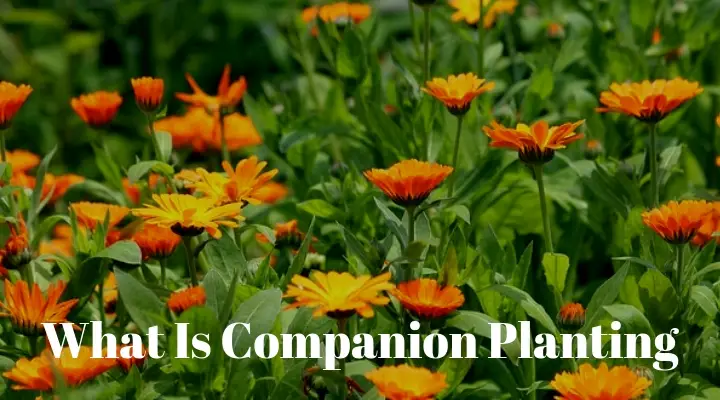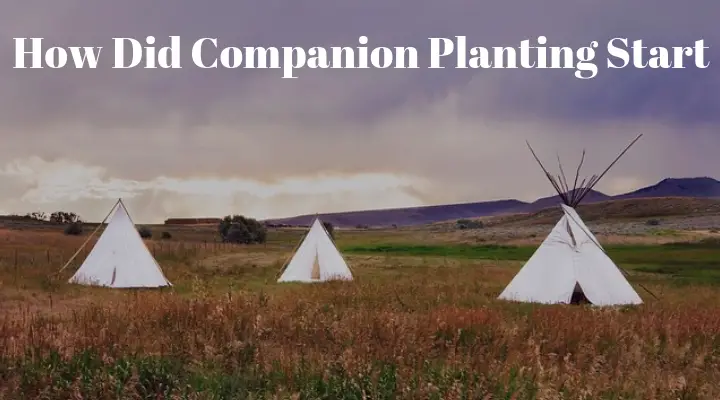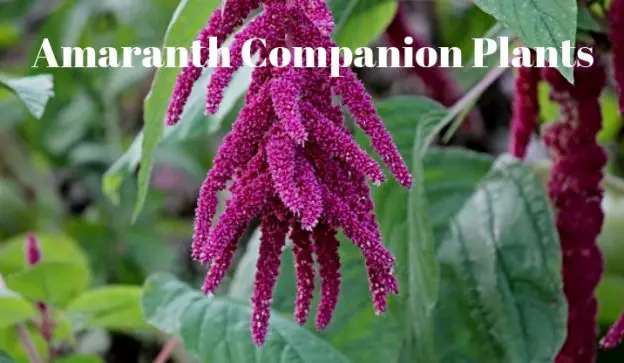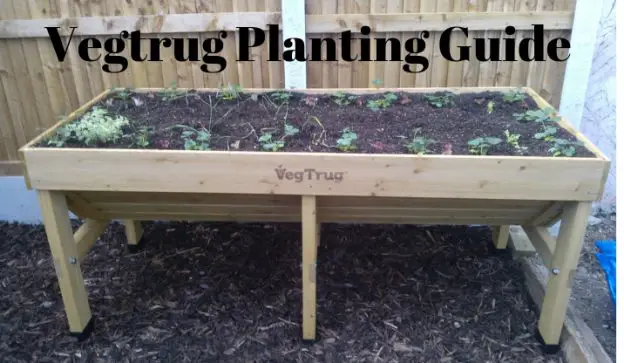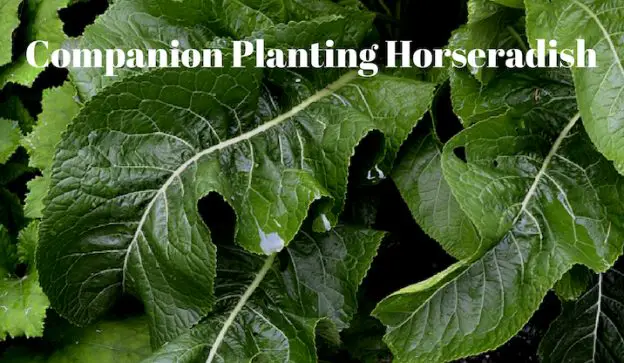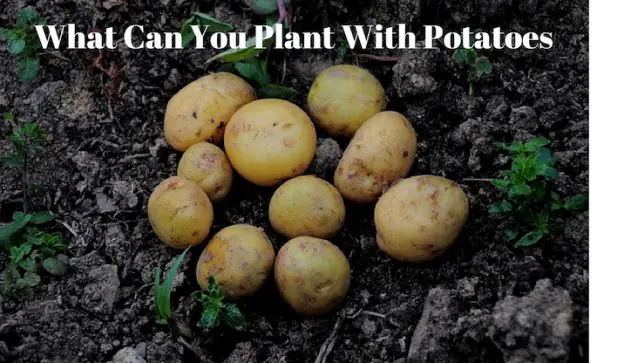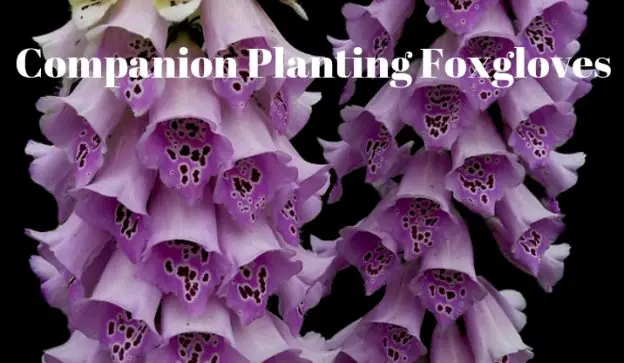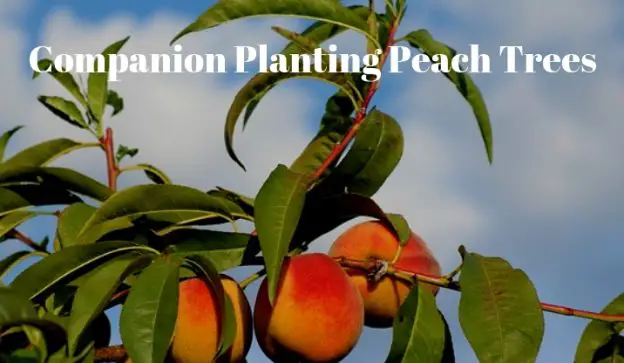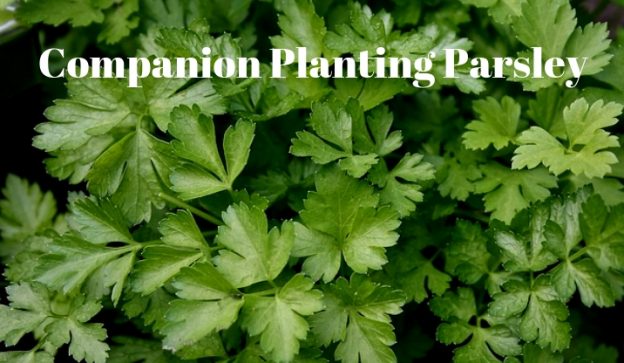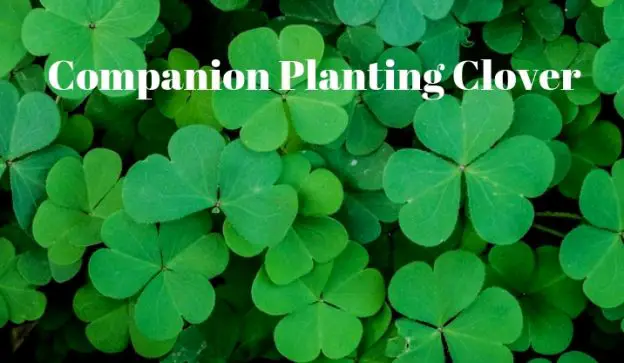Companion Planting Catnip – The Benefits
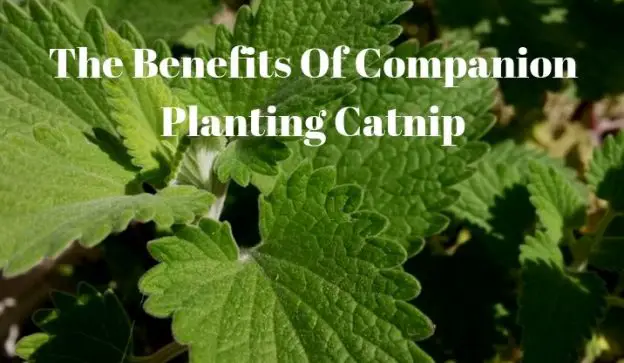
Catnip (Nepeta cataria) also known as catnep, catswort, or catmint is a member of the mint family. Like all mints if planted with the correct plants catnip can be a very beneficial plant. Read on to find out the benefits of companion planting catnip. Companion Planting Catnip The Benefits Catnip has a strange, but not unpleasant smell and deters flea beetles, ants, aphids, weevils, cabbage white butterflies, and mice. It’s flowers attract many bees, hoverflies, and other pollinators. It also attracts parasitic wasps making catnip a very useful plant for the organic gardener. Companion Planting Catnip Just by looking at… → Read More

